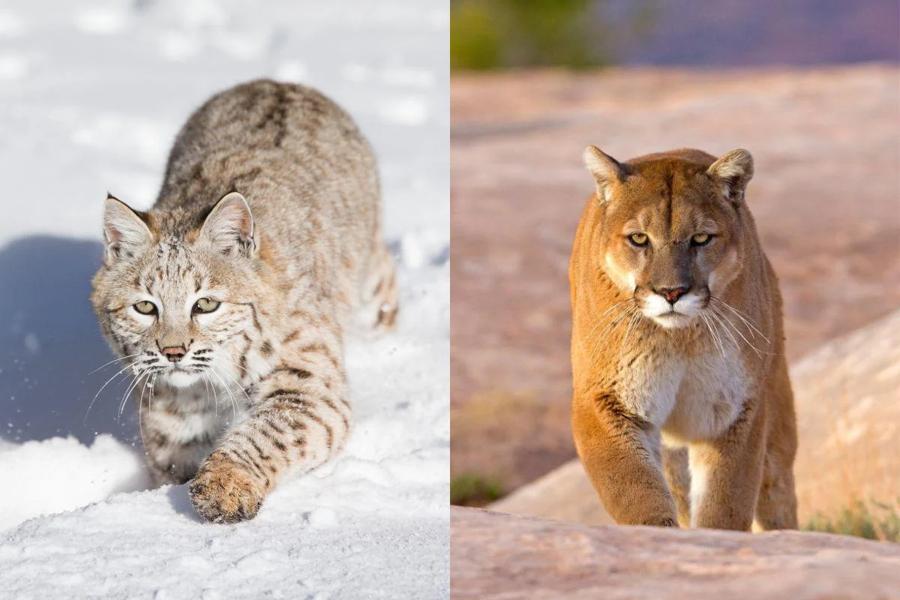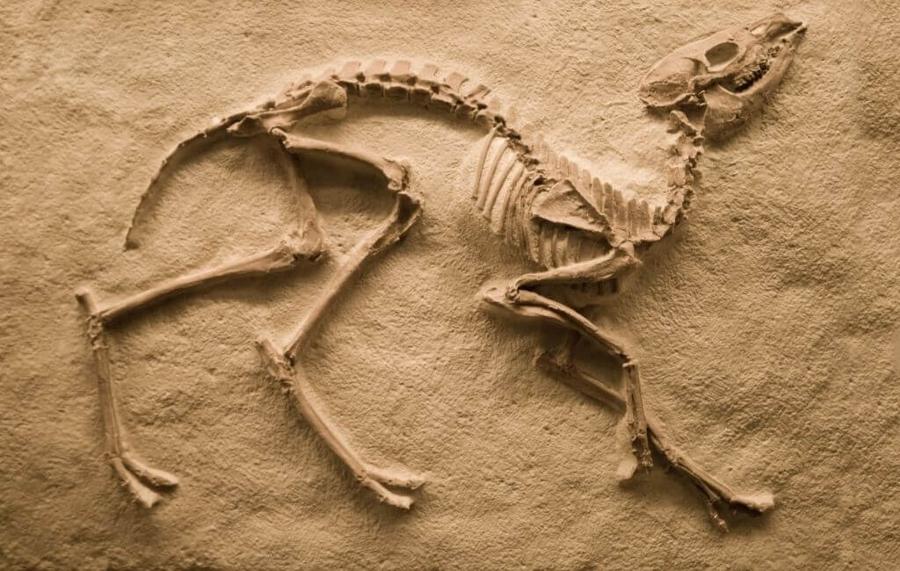This Moth Is Known for Its Skull Marking and Dark Myths

by Bridgett McPark, age 12
Death’s-head hawkmoths are large, dark, and fluffy moths that are seen as an omen of death.
The moths live mostly in Southern Europe and are even spotted as far north as the Shetlands of England and in Ireland. This moth is one of the largest moths that migrates to the United Kingdom. They usually arrive in the UK during late summer and return to Southern Europe in October. Caterpillars are usually found in gardens and potato fields. They eat potatoes, tomatoes, flowers, and other plants such as the deadly nightshade.
The moth’s scientific name is Acherontia atropos, which is connected to the belief that the moth summons immense misfortune and even death to the house where it flies into. The scientific name is linked to Greek mythology. Acherontia relates to Acheron, a river in hell, while Atropos is one of the three Fates, who controls the destinies of all beings. The moths were also thought to contribute to King George III becoming unstable, since large moths were found in his bedroom, and rumors circulated that they were put there to drive him mad. [Read More]












.jpg)




















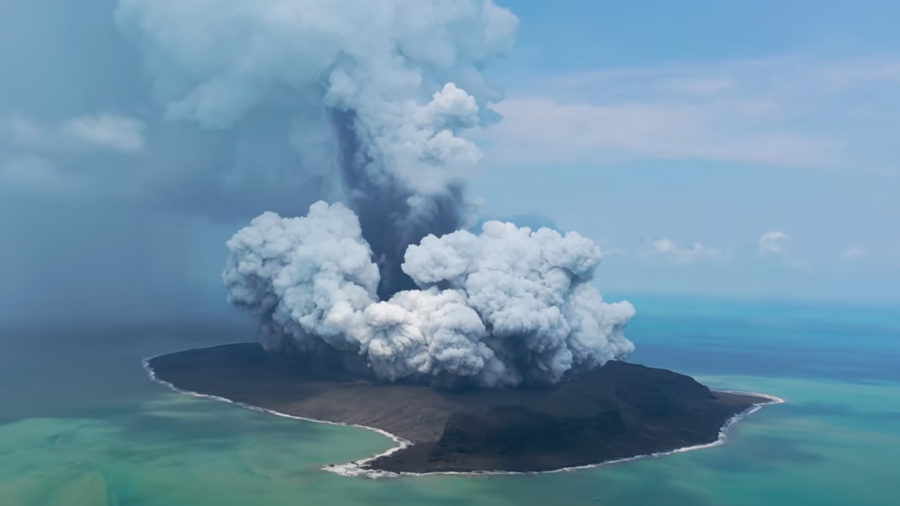
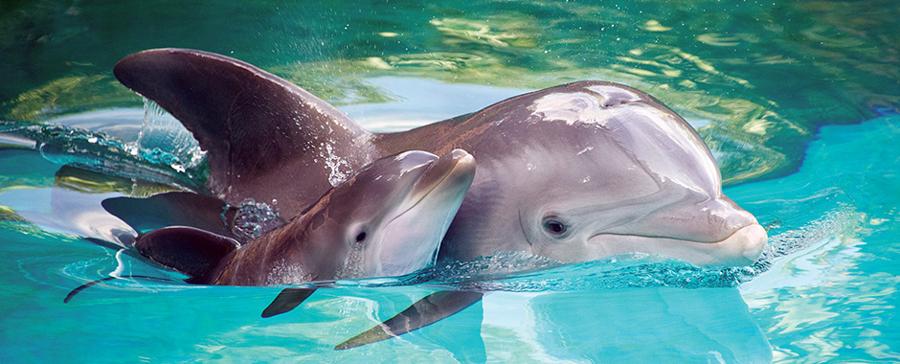













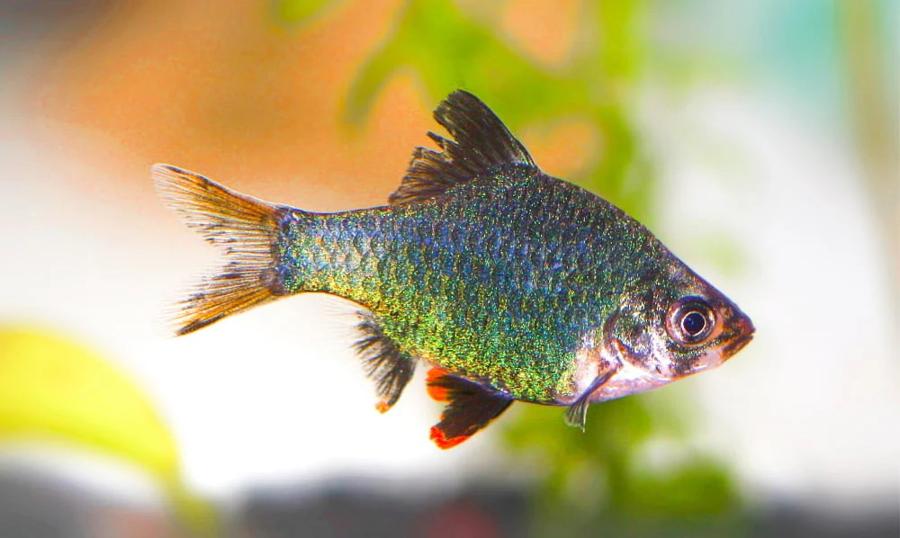
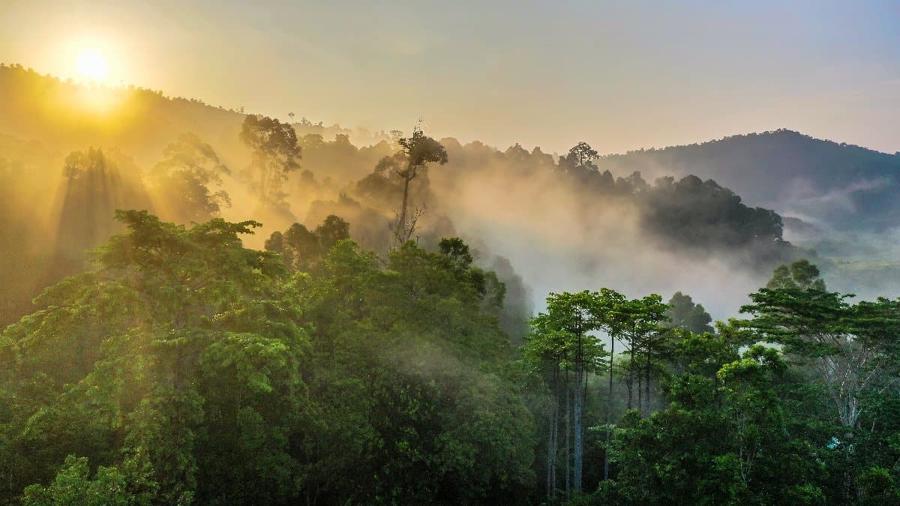
















.jpg)







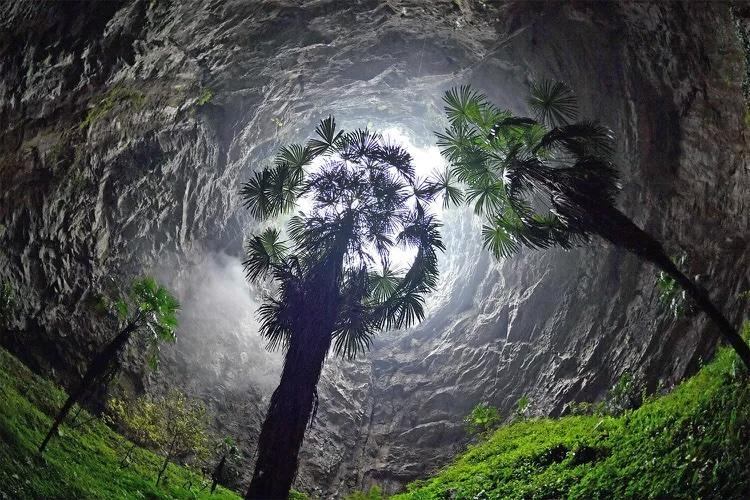


.jpg)













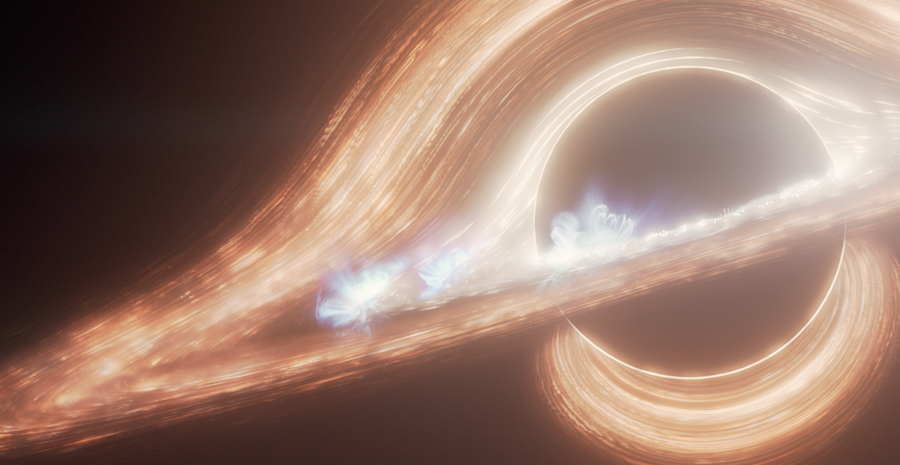
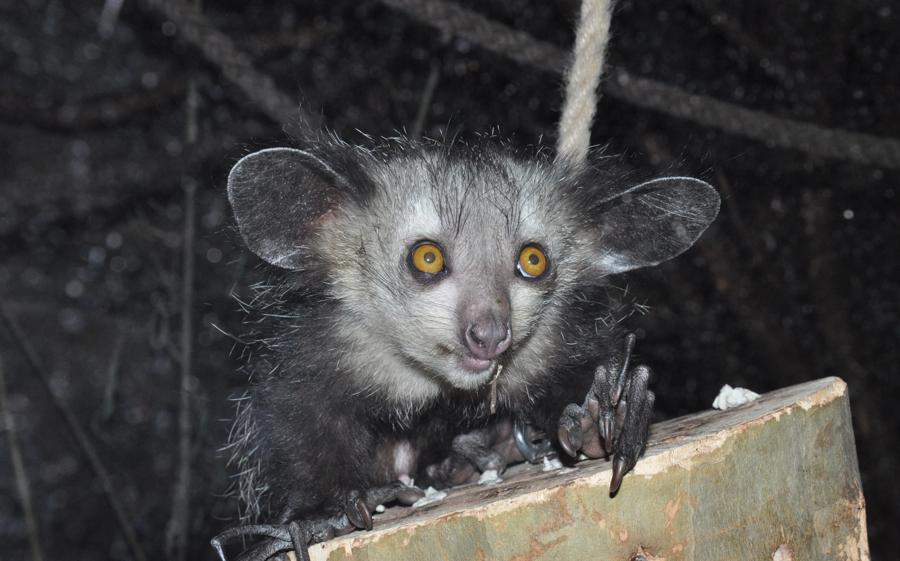












_-_48153967707.jpg)












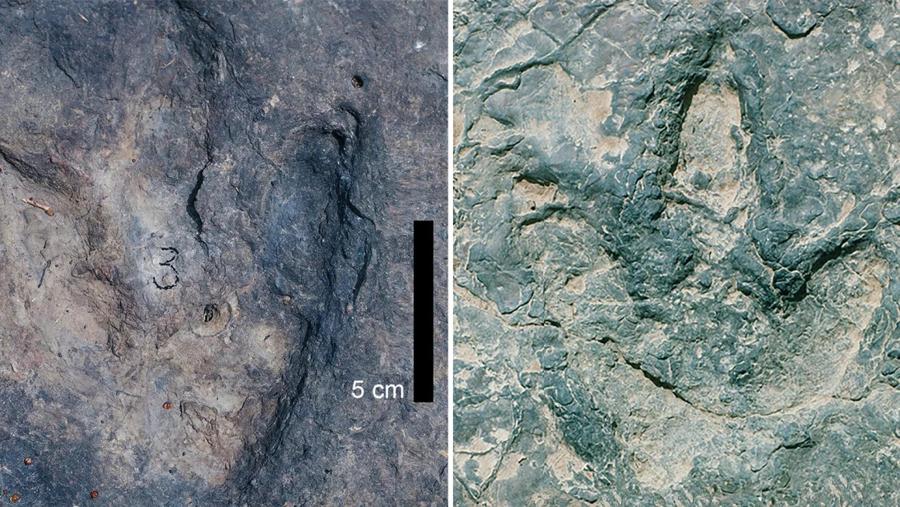





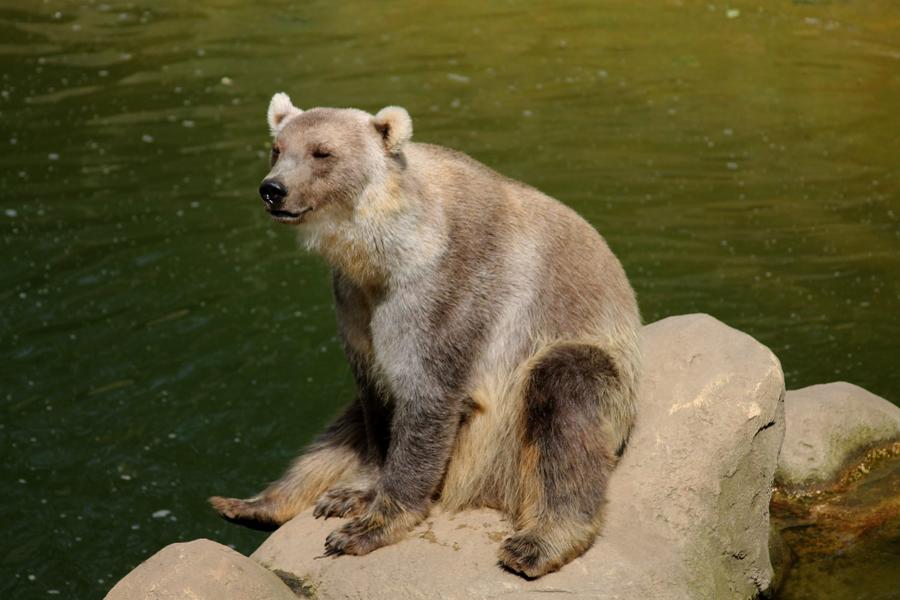



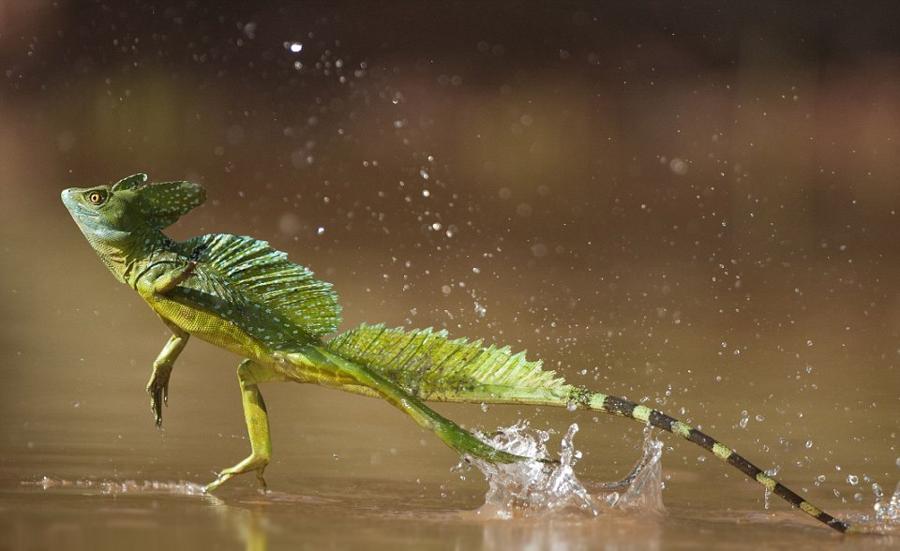












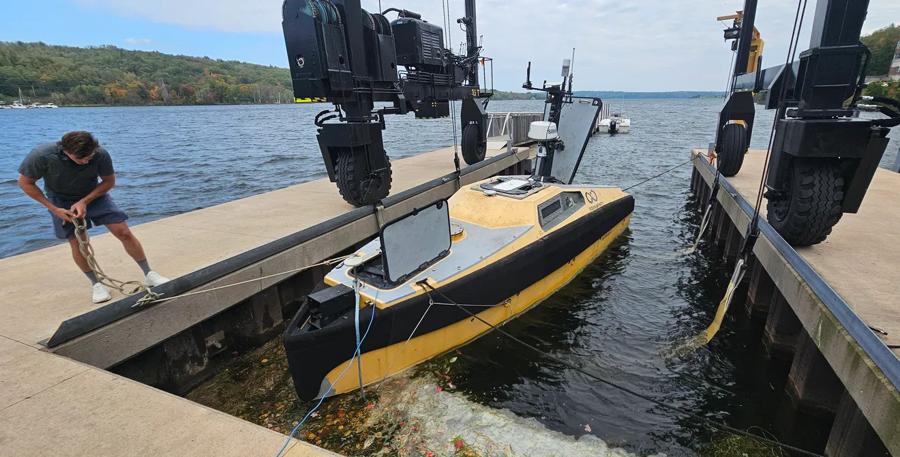
.jpg)


















